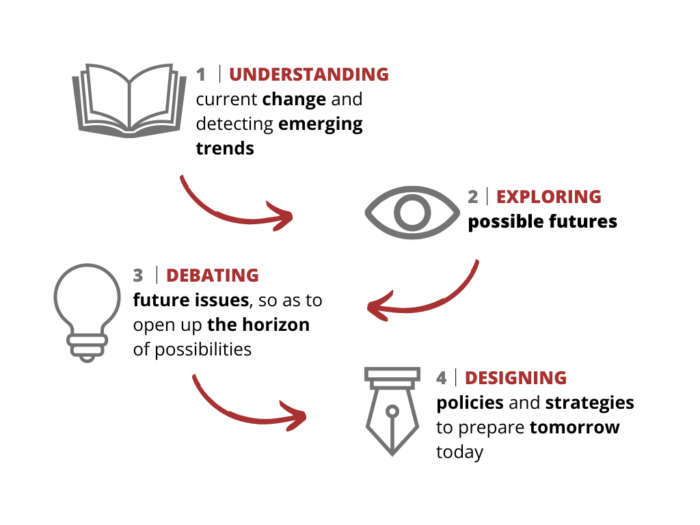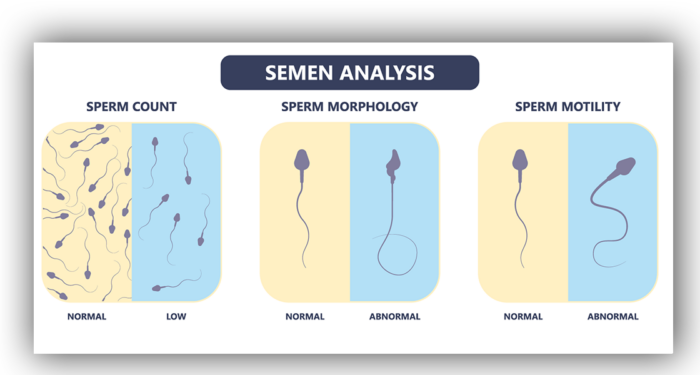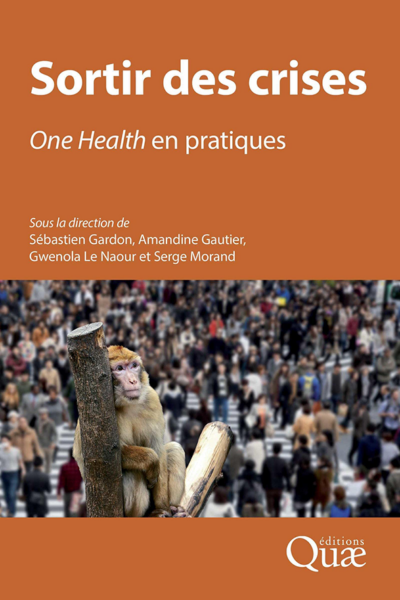In March 2009, there was an outbreak of the Influenza A (H1N1) virus in Mexico. By the end of May it had killed 45 Mexicans, contaminated almost 3,800 and there were more than 10,000 confirmed cases throughout the world, 5,500 of them in the United States. On 11 June, with the virus affecting more than 27,000 persons in 74 countries, the World Health Organization (WHO) declared a level 6 maximum alert or, in other words, a state of global pandemic.
This pandemic turned out to be a “very active epidemic of moderate seriousness, but temporally atypical,’ as William Dab and Nina Testut put it here, stressing the unpredictable character of the development of all influenza viruses. “The management of influenza epidemics is basically a management of uncertainty”, say the authors, going on to observe that “it is impossible to manage a health security risk that includes a significant degree of uncertainty without the trust of stakeholders”.
Given this observation, William Dab et Nina Testut make an initial assessment of the way the pandemic was managed in France, define the reasons for — and role of — the “wave of polemics” that has accompanied this health crisis since last Summer, and examine the way the French perceived these various elements. “This H1N1 virus will, in the end, have taught us much we didn’t know about French society”, stress the two authors.
The Risks of an Influenza Pandemic: 2009 and After…
Cet article fait partie de la revue Futuribles n° 363, mai 2010



